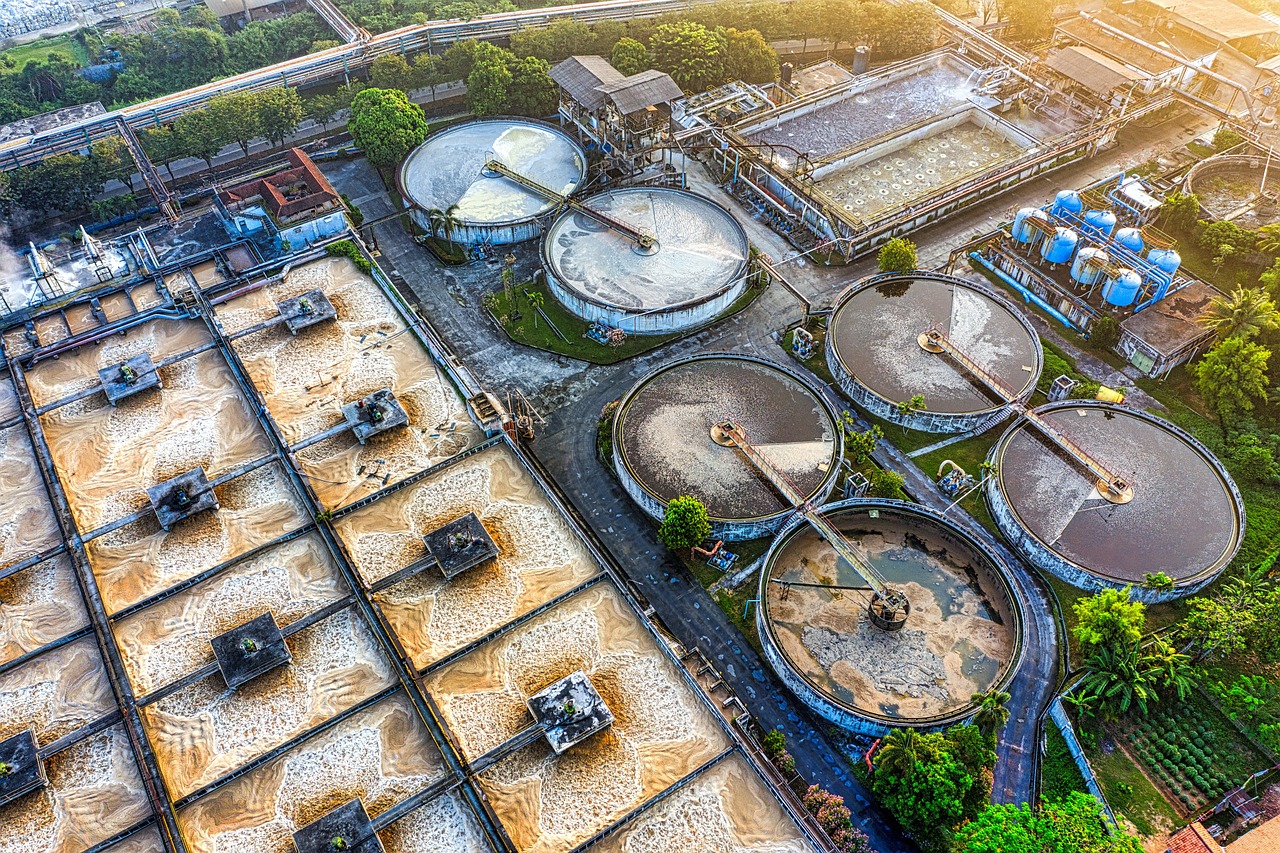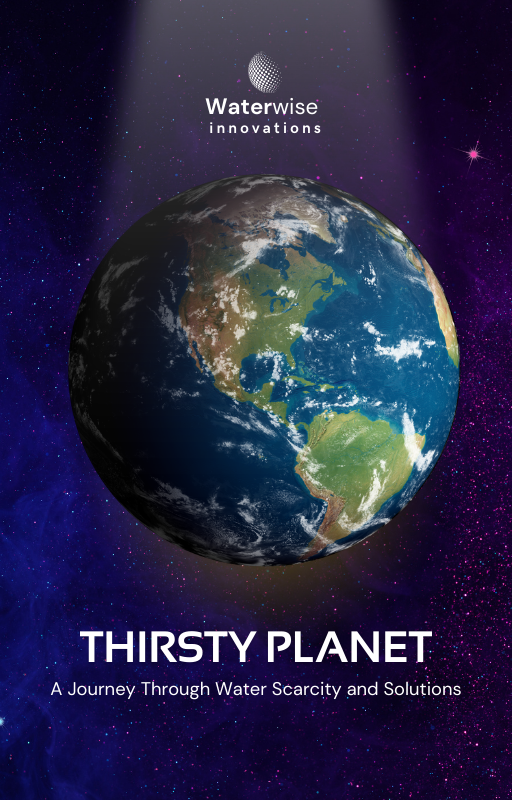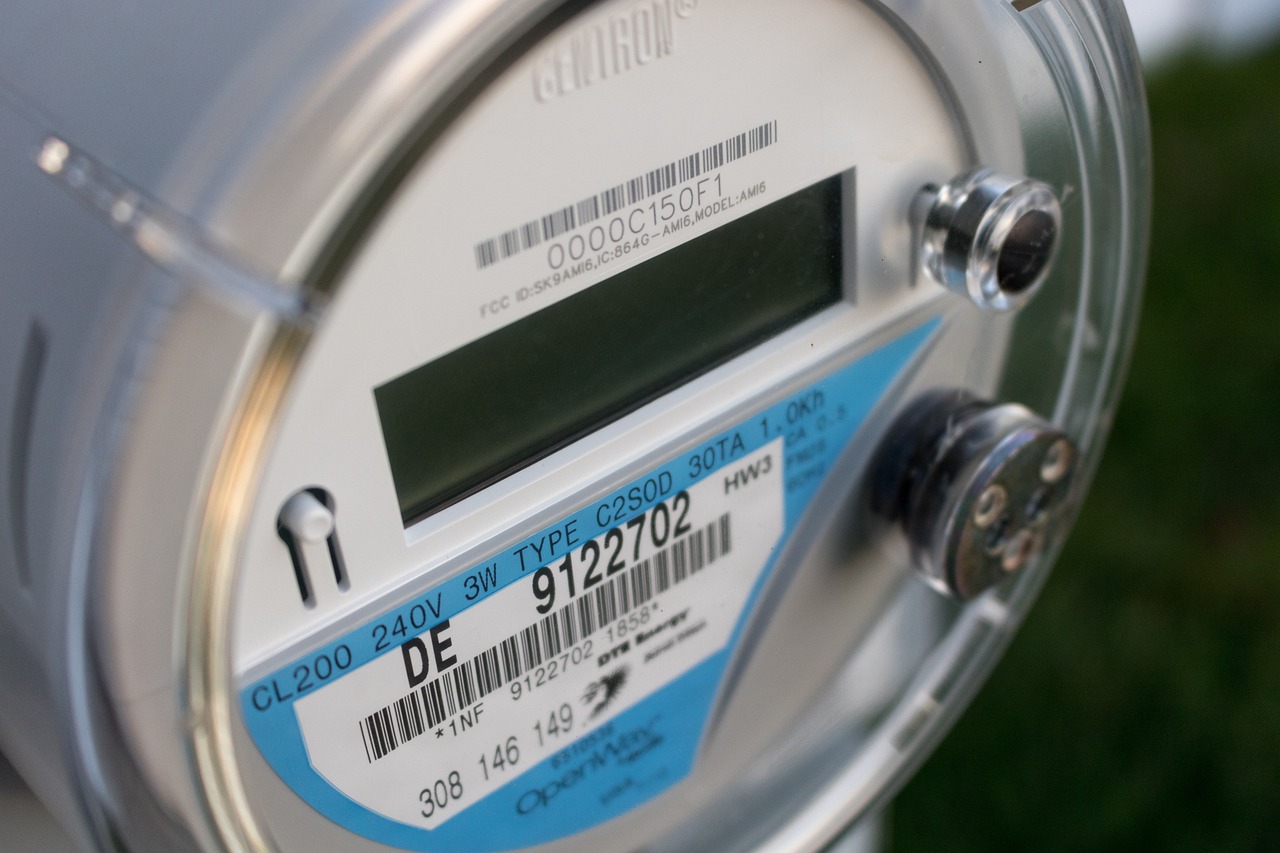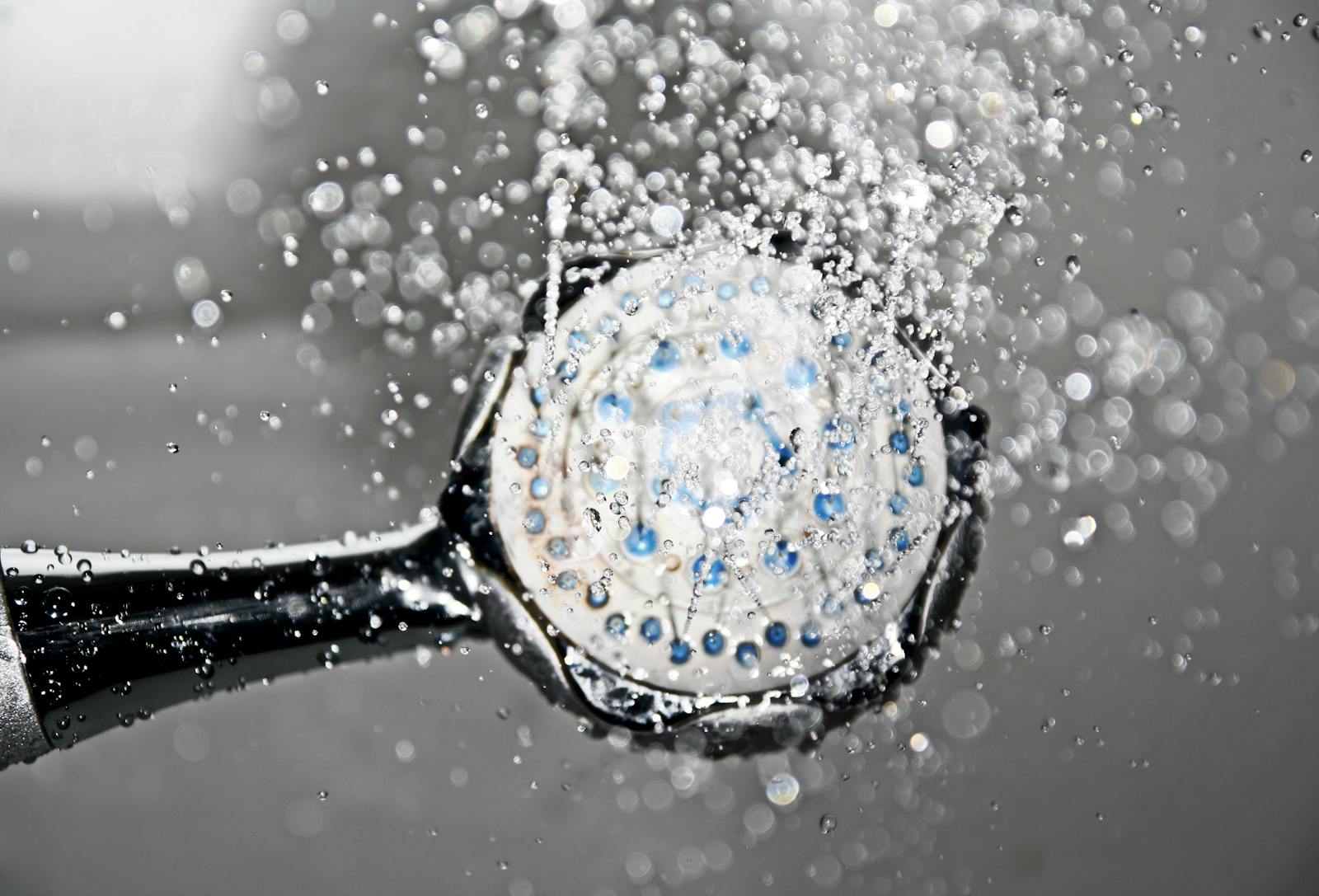
Water Desalination
Desalination & Advanced Water Treatment
Performance Score
Water desalination is the process of removing salt and impurities from seawater or brackish water to produce fresh, drinkable water. It is a critical solution for water-scarce regions and coastal communities.
Water Desalination
Desalination & Advanced Water Treatment
Performance Score
Water desalination is the process of removing salt and impurities from seawater or brackish water to produce fresh, drinkable water. It is a critical solution for water-scarce regions and coastal communities.
Water Desalination Insights
📝 Product Overview
Water desalination is the process of removing salt and impurities from seawater or brackish water to produce fresh, drinkable water. It is a critical solution for water-scarce regions and coastal communities.
🏆 Performance Score
🔬 Filtration Quality
⚖️ pH Balance Effect
Output pH typically ranges from 7.5 to 8.5, depending on post-treatment
💧 Flow Rate
Varies by system, from 1 liter per minute (LPM) for home units to 100,000+ gallons per day for municipal systems
📊 Capacity
Scales from small household units to large-scale desalination plants supplying entire cities
🔄 Lifespan & Maintenance
Filters and membranes require periodic replacement; maintenance varies by system
🌍 Use Cases
Municipal water supply, off-grid living, emergency water access, industrial applications, agricultural irrigation
👥 Ideal For
Coastal cities, island nations, drought-prone regions, ships, military bases, and remote communities
⚖️ Comparison Section
More effective than traditional filtration for saltwater but often more energy-intensive
💡 Recommended Scenarios
Best for regions with high water scarcity and access to seawater or brackish sources
♻️ Sustainability Score
⚡ Energy Source
Electric, solar, hybrid, and waste-heat recovery options available
💾 Water Savings Per Year
Reduces freshwater consumption by millions of gallons in drought-prone regions
🚯 Plastic Waste Reduction
Encourages sustainable freshwater production over bottled water reliance
🤖 Smart Features
AI-powered monitoring, energy-efficient membranes, and real-time water quality sensors
🧪 Technology Used
Reverse osmosis (RO), multi-stage flash distillation, electrodialysis, forward osmosis
📜 Patented Technology
Advancements in nanofiltration, graphene-based membranes, and energy-efficient recovery systems
🔧 Ease of Installation
Varies from plug-and-play home units to large-scale industrial plants requiring engineering teams
👍 User-Friendly Design
Home systems are simple to use, while large plants require expert management
⚡ Speed & Efficiency
Reverse osmosis can process water in minutes, while distillation takes longer but removes more contaminants
🔁 Replacement Parts
Membranes, pre-filters, and post-treatment filters need regular replacement
🛡️ Operational Lifespan
10-30 years for industrial plants, with periodic upgrades
🛒 Adoption & Market Growth
Many countries subsidize desalination projects to secure long-term water supply
📦 Government & Business Incentives
Increasing demand due to global water scarcity and technological improvements
🌊 Filtration Score
✅ Safety Standards Met
Complies with WHO, EPA, and national drinking water regulations
👅 Taste Rating
🧴 Chlorine Removal
🦷 Fluoride Removal
🦠 Microbial Safety
⚠️ Contaminant Removal List
Salts, heavy metals, bacteria, pesticides, and pharmaceuticals
Performance & Effectiveness of Water Desalination
Water desalination is a highly effective method for converting seawater or brackish water into fresh, potable water. The performance of desalination systems depends on the technology used, energy efficiency, and the quality of the treated water.
💧 Filtration & Purification Quality
- Reverse Osmosis (RO): Removes up to 99.9% of salts, heavy metals, and contaminants using high-pressure membranes.
- Thermal Distillation: Uses heat to evaporate and condense purified water, removing salts, bacteria, and organic compounds effectively.
- Electrodialysis & Forward Osmosis: Emerging technologies with lower energy consumption and improved efficiency in specific applications.
⚙️ Energy Efficiency & Sustainability
- Traditional desalination is energy-intensive, but solar-powered and renewable energy desalination are improving sustainability.
- Waste brine management remains a challenge, with innovations focusing on reducing brine discharge and increasing resource recovery.
📊 Water Quality & Output
- High-purity water: Typically meets or exceeds WHO and EPA drinking water standards after remineralization.
- Flow rates vary by system size: Large-scale desalination plants produce millions of gallons per day, while compact home units serve small households.
🔄 Maintenance & Lifespan
- Membrane-based systems require periodic cleaning and replacement to maintain efficiency.
- Pre-treatment filtration improves longevity and reduces scaling or fouling in the system.
- Lifespan of desalination systems: 5-15 years depending on maintenance and usage conditions.
Water desalination continues to evolve, with new technologies making it more efficient, cost-effective, and sustainable for addressing global water scarcity challenges. 💧🚀
💧 Ideal Use Cases & Applications of Water Desalination
Water desalination is a critical solution for addressing global freshwater shortages. It is widely used in various industries and environments where access to clean drinking water is limited.
🏝️ Coastal & Island Communities
- Provides a reliable freshwater source for regions surrounded by seawater.
- Essential for remote islands that lack natural freshwater resources.
🏙️ Urban & Municipal Water Supply
- Supports megacities with growing populations and limited freshwater reserves.
- Acts as a backup water source in drought-prone urban areas.
🏭 Industrial & Commercial Use
- Used in power plants, chemical processing, and food & beverage industries where high-purity water is required.
- Essential for cooling systems and boilers in factories.
🚜 Agricultural Irrigation
- Helps farmlands suffering from water scarcity by converting seawater or brackish water into usable irrigation water.
- Reduces dependence on over-extracted groundwater sources.
🛳️ Maritime & Offshore Applications
- Enables ships, cruise liners, and offshore oil rigs to produce their own drinking water.
- Reduces the need for mass water storage on vessels.
⛺ Military & Emergency Relief
- Portable desalination units provide clean water to troops in remote locations.
- Critical for disaster response efforts in areas hit by natural disasters.
🏜️ Desert & Arid Regions
- Supports water needs in desert nations where groundwater is scarce.
- Key for self-sustaining communities in arid environments.
Desalination technology is revolutionizing access to clean water worldwide, making it an indispensable tool for the future of water security. 🌍💧
🚀 Technology & Innovation in Water Desalination
Water desalination has undergone significant advancements, making it more efficient, cost-effective, and sustainable. Emerging technologies are transforming how we convert seawater and brackish water into fresh, drinkable water.
🔬 Reverse Osmosis (RO) Desalination
- Most widely used technology in desalination plants worldwide.
- Uses semi-permeable membranes to filter out salt and impurities.
- Continuous advancements in high-efficiency membranes reduce energy consumption.
🔥 Thermal Distillation (Multi-Stage Flash & Multi-Effect Distillation)
- Ideal for areas with abundant energy sources like solar or geothermal.
- Utilizes heat and evaporation to separate salt from water.
- Commonly used in Middle Eastern desalination plants.
⚡ Electrodialysis & Forward Osmosis
- Uses electric fields or natural osmosis to remove salts from water.
- Requires less energy than traditional reverse osmosis methods.
- Increasingly used in low-energy desalination plants and off-grid systems.
🤖 AI & Smart Monitoring Systems
- AI-powered leak detection ensures minimal water loss.
- Predictive maintenance algorithms improve system efficiency.
- IoT-enabled desalination plants optimize energy and water output in real-time.
☀️ Solar & Renewable-Powered Desalination
- Utilizes solar panels or wind energy to power desalination units.
- Reduces reliance on fossil fuels, making desalination more eco-friendly.
- Ideal for off-grid or remote areas where energy supply is limited.
🚀 Nanotechnology & Advanced Filtration
- Graphene membranes allow for faster and more efficient filtration.
- Carbon nanotube filters provide higher water throughput with lower energy use.
- Innovations in bio-inspired desalination mimic nature to improve efficiency.
🏭 Modular & Portable Desalination Units
- Containerized desalination systems make clean water production mobile.
- Military & emergency response teams use these for rapid deployment in crisis zones.
- Household & small-scale units bring desalination to personal and commercial use.
These technological breakthroughs are shaping a future where desalination is more affordable, accessible, and environmentally sustainable. 🌍💧🚀
🌍 Environmental & Sustainability Impact of Water Desalination
Water desalination plays a vital role in addressing global water scarcity, but it also comes with environmental challenges. Advancements in green desalination technologies are helping to minimize its ecological footprint while maximizing sustainability.
♻️ Reducing Dependency on Freshwater Sources
- Helps drought-prone regions and overpopulated cities secure reliable water supplies.
- Decreases pressure on rivers, lakes, and groundwater, preventing over-extraction.
⚡ Energy Consumption & Carbon Footprint
- Traditional desalination requires significant energy, often sourced from fossil fuels.
- Solar-powered and wind-driven desalination plants are reducing carbon emissions.
- AI-driven efficiency systems optimize energy use, lowering operational costs and emissions.
🚯 Brine Disposal & Marine Ecosystem Impact
- Produces high-salinity wastewater (brine), which can disrupt coastal ecosystems.
- New zero-liquid discharge (ZLD) technologies help repurpose brine for industrial and agricultural use.
- Diffuser technology and deep-sea disposal methods mitigate local environmental damage.
🛠️ Sustainable Desalination Technologies
- Graphene & nano-membranes reduce energy demands by improving filtration efficiency.
- Hybrid desalination plants combine reverse osmosis with thermal distillation for lower waste output.
- Biodegradable filtration materials offer a more sustainable alternative to synthetic membranes.
💾 Water Reuse & Circular Economy
- Some desalination plants integrate water recycling and rainwater harvesting for sustainability.
- Brine mining extracts valuable minerals like lithium, magnesium, and potassium from wastewater.
- Cities implementing closed-loop desalination systems reduce environmental strain.
By integrating green technologies and improving efficiency, desalination can become a sustainable water solution without harming the environment. The future of desalination relies on innovation, renewable energy, and eco-conscious practices to create a balance between water security and environmental responsibility. 🌱💧♻️
🛠️ Installation, Maintenance & Usability of Water Desalination Systems
Water desalination systems vary in size, complexity, and technology, impacting their installation, upkeep, and user experience. Advancements in smart monitoring and modular designs are making desalination more accessible for both large-scale and small-scale users.
🔧 Installation & Setup
- Municipal & Industrial Plants require specialized infrastructure, engineering, and regulatory approvals.
- Small-scale desalination units for homes, boats, and off-grid use can be plug-and-play or require minimal plumbing adjustments.
- Modular containerized desalination systems allow for quick deployment in remote or emergency areas.
🔄 Maintenance & Lifespan
- Membrane-based systems (Reverse Osmosis, Nanofiltration) require regular cleaning and filter replacements to prevent clogging.
- Thermal desalination plants (Multi-Effect Distillation, Vapor Compression) demand consistent energy optimization and scale prevention for efficiency.
- AI-driven predictive maintenance helps monitor system health, reducing unexpected failures.
💡 Usability & Smart Features
- App-controlled and IoT-enabled desalination units allow remote monitoring and performance tracking.
- User-friendly designs make portable and household desalination systems accessible to non-experts.
- Automated flushing and self-cleaning mechanisms extend equipment lifespan and reduce manual maintenance.
🛠️ Key Factors for Choosing a Desalination System
✅ Ease of installation – DIY vs. professional setup requirements.
✅ Maintenance frequency – How often filters and membranes need replacement.
✅ Smart integration – AI-powered efficiency monitoring and automation.
✅ Durability & lifespan – Expected longevity based on water quality and usage frequency.
With modern innovations in usability, automation, and modular design, desalination systems are becoming more efficient, easier to maintain, and widely accessible, ensuring reliable clean water solutions for various applications. 🚀💧
💰 Cost Efficiency & Value for Money in Water Desalination
Water desalination has evolved to become more cost-effective, making it a viable solution for cities, industries, and individuals facing water scarcity. While upfront costs can be high, long-term savings, technological advancements, and operational efficiency make desalination a worthwhile investment.
💸 Upfront Costs vs. Long-Term Savings
- Large-scale desalination plants require significant capital investment in infrastructure, energy, and maintenance.
- Household & portable units range from affordable under-sink systems to premium AI-powered filtration units.
- Long-term savings come from reduced reliance on bottled water and groundwater extraction.
⚡ Energy Costs & Efficiency
- Reverse osmosis (RO) is the most cost-efficient desalination method, requiring 3-5 kWh per cubic meter of water.
- Thermal desalination is more energy-intensive but useful in regions with abundant heat sources (e.g., Middle East).
- Renewable-powered desalination (solar, wind, geothermal) significantly lowers operational costs over time.
📉 Cost per Gallon/Liter of Desalinated Water
- Municipal-scale desalination costs $0.50 – $3 per cubic meter (~264 gallons).
- Household desalination units can produce drinking water for pennies per gallon, reducing bottled water expenses.
- Advancements in membrane efficiency and energy recovery systems continue to lower costs.
🏆 Return on Investment (ROI)
- Industries & municipalities save money by reducing dependence on groundwater, freshwater imports, and water trucking.
- Households in water-scarce areas benefit from stable access to clean water, reducing medical costs from contaminated sources.
- Businesses & resorts in remote coastal areas cut water costs by producing their own freshwater supply.
🔑 Factors That Improve Cost Efficiency
✅ Energy-efficient membranes reduce operational costs.
✅ AI-powered monitoring systems optimize water production.
✅ Government subsidies & tax incentives for sustainable desalination projects.
✅ Scalability & modular designs lower initial investment barriers.
💧 Water desalination is becoming an increasingly affordable, high-value investment for cities, industries, and consumers. With ongoing technological advancements, costs will continue to drop, making clean water more accessible and sustainable worldwide. 🌍💦
World Water Technology & Insights
Get notified on new water technology, management news, updates & advancements around the world.
Shop Books, eBooks, Audiobooks

The Little Book on Hydration: The People’s Guide To Health, Vitality & Flow (Audiobook)

Water Wise: Sustainable Living in a Modern World

Thirsty Planet: A Journey Through Water Scarcity and Solutions

Atmospheric Water Generators: And How to Build One

Collecting the Skies: A Guide to Rainwater Harvesting

The Little Book on Hydration: The People’s Guide To Health, Vitality & Flow
Reviews of Water Desalination Technology
There are no reviews yet. Be the first one to write one.
There are no reviews yet. Be the first one to write one.



























